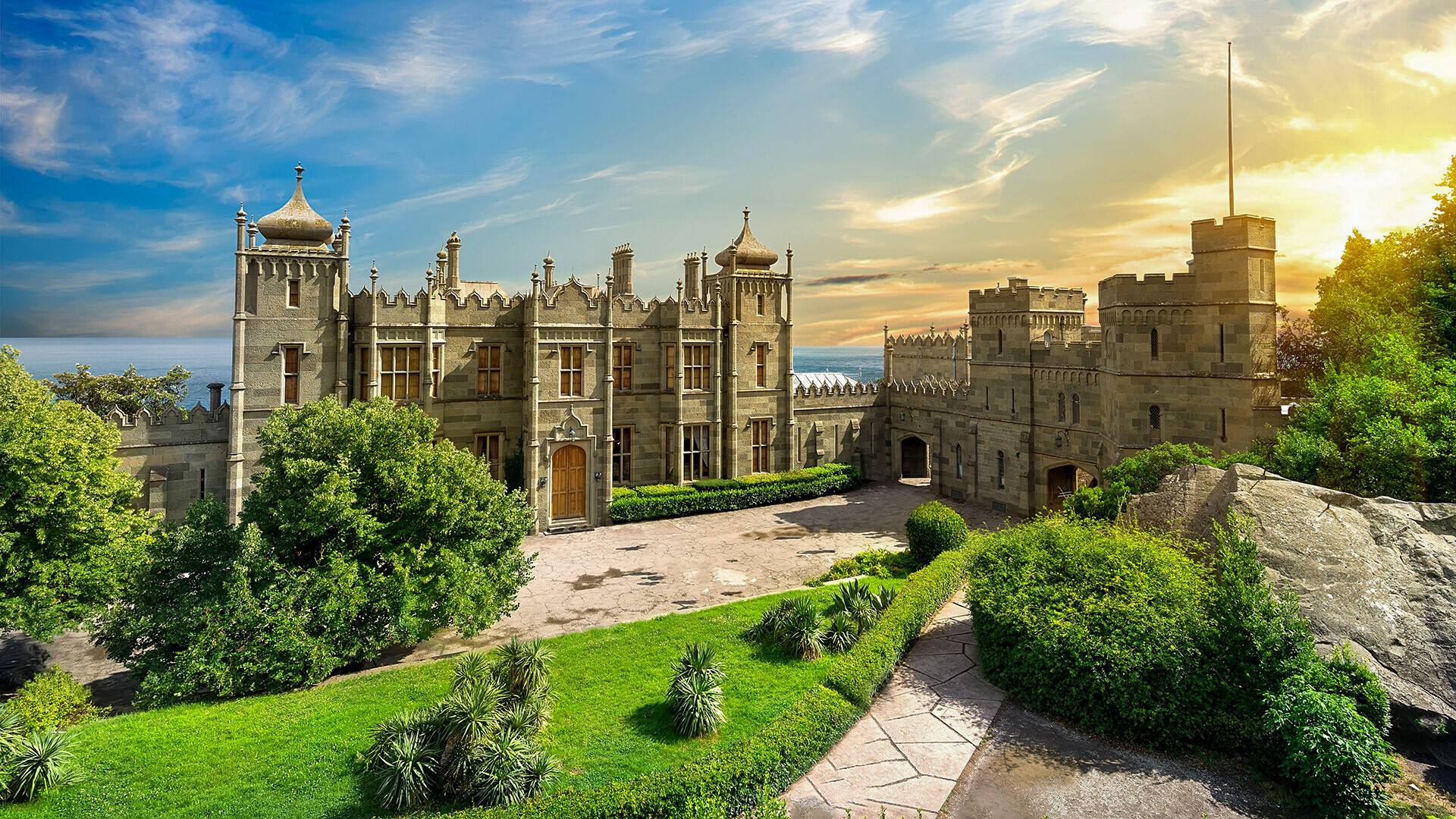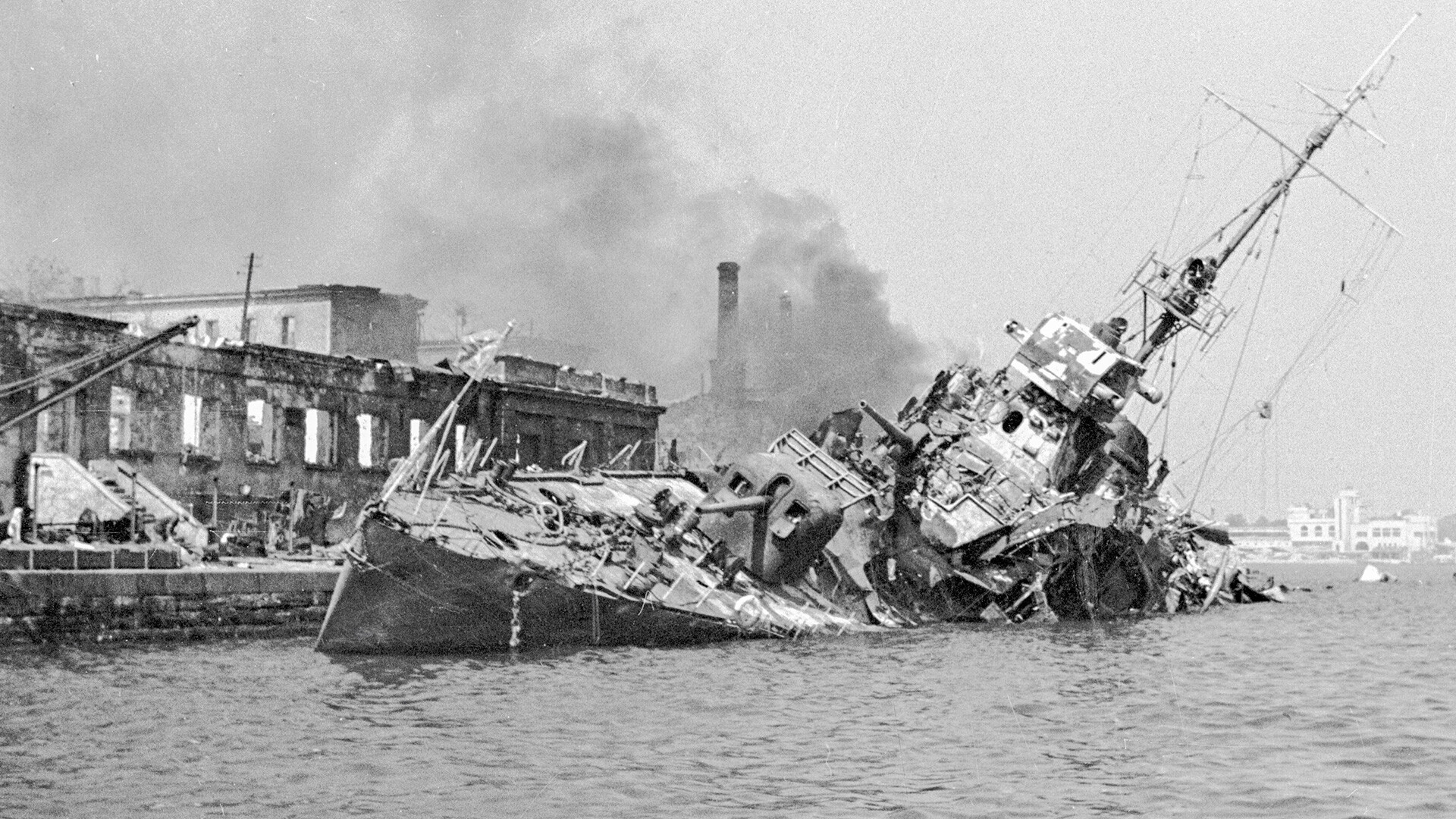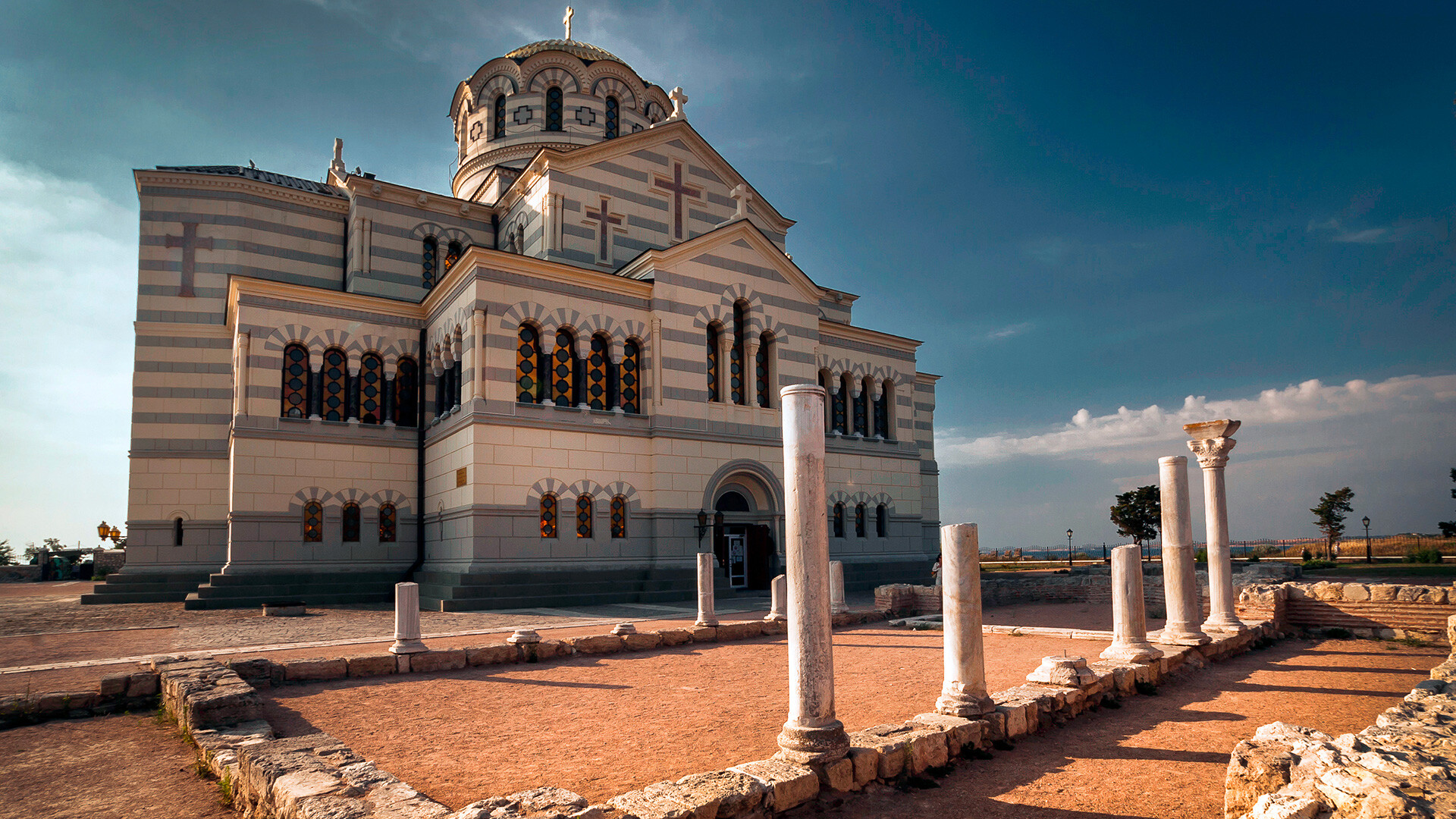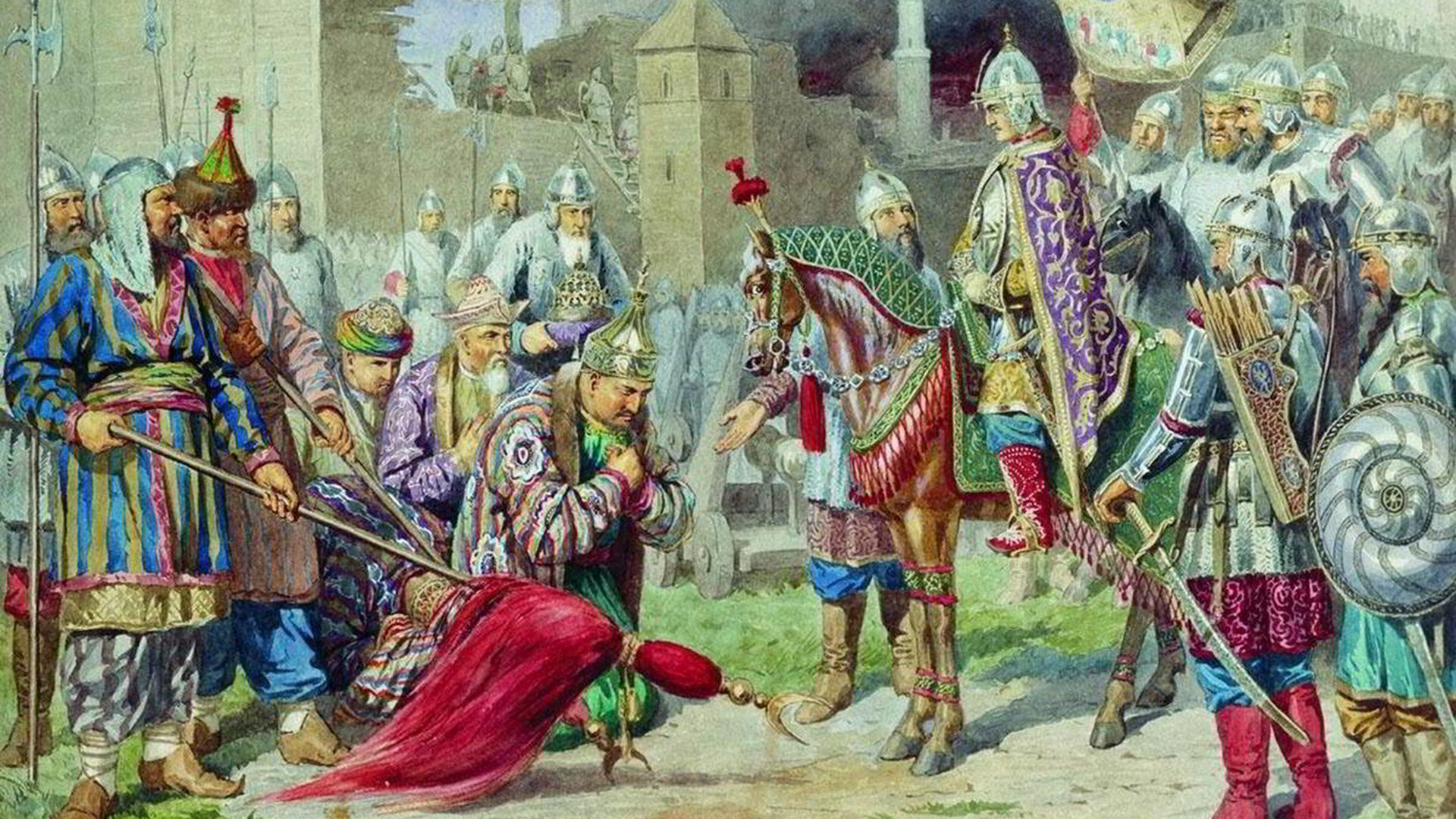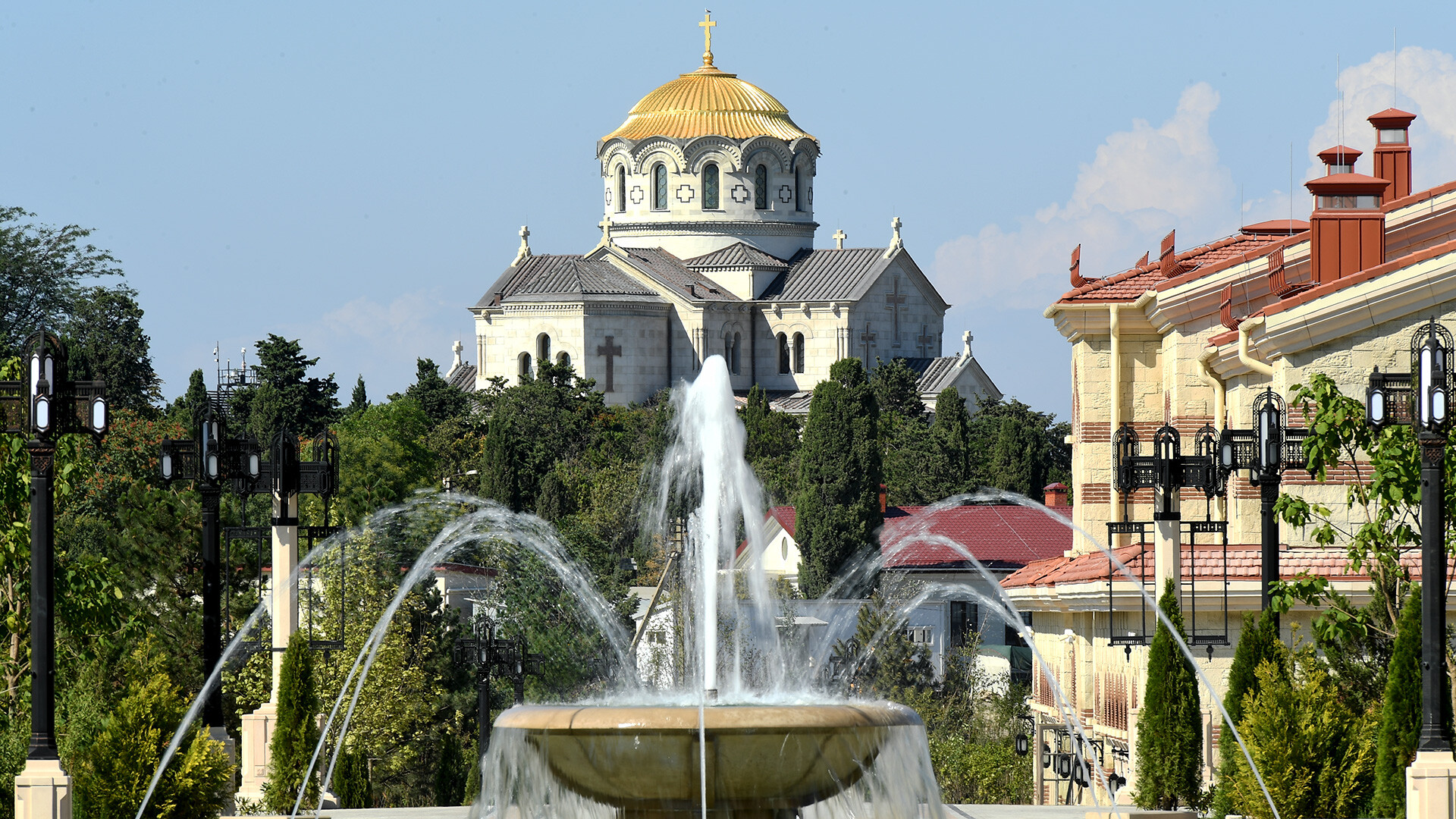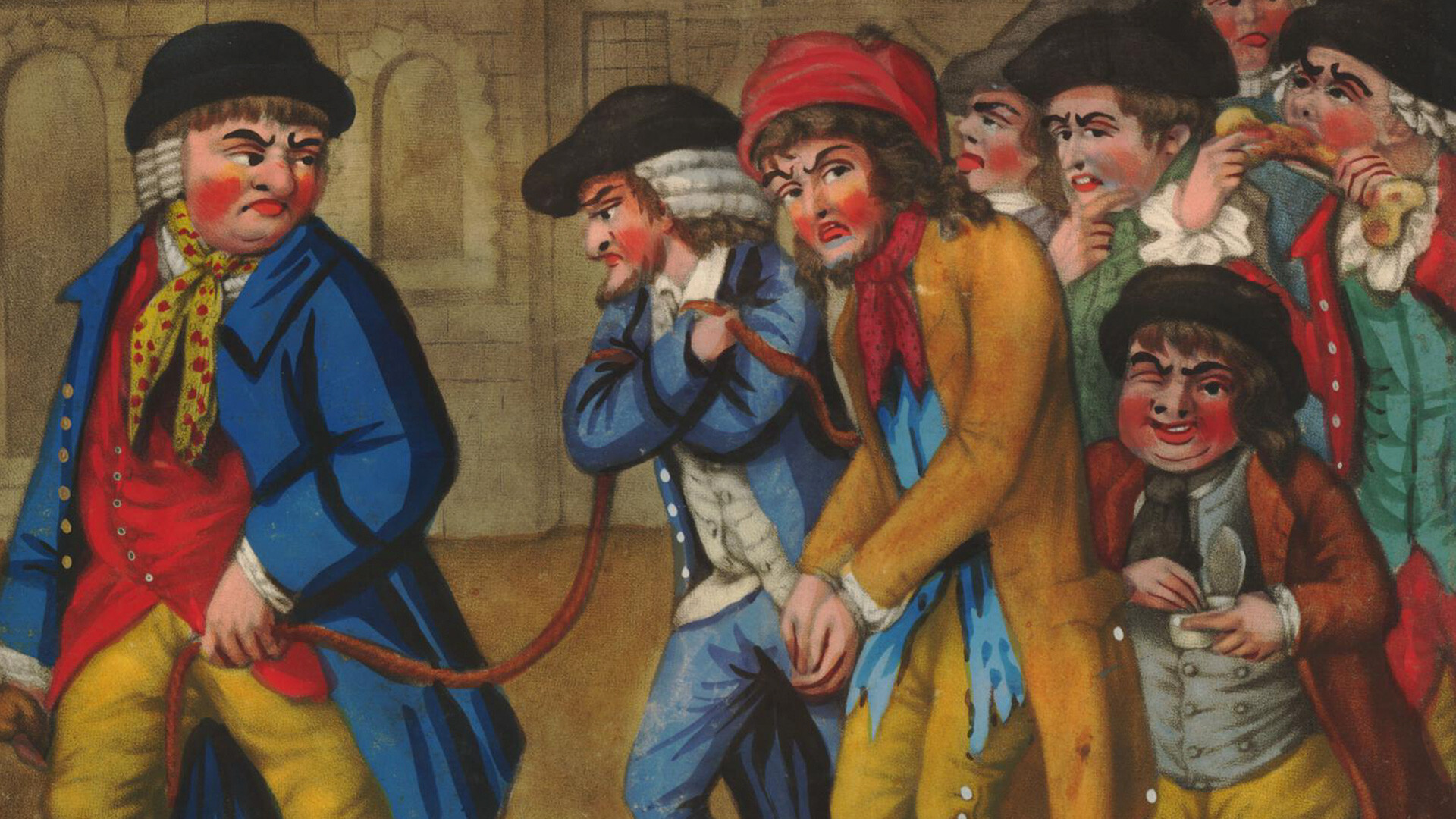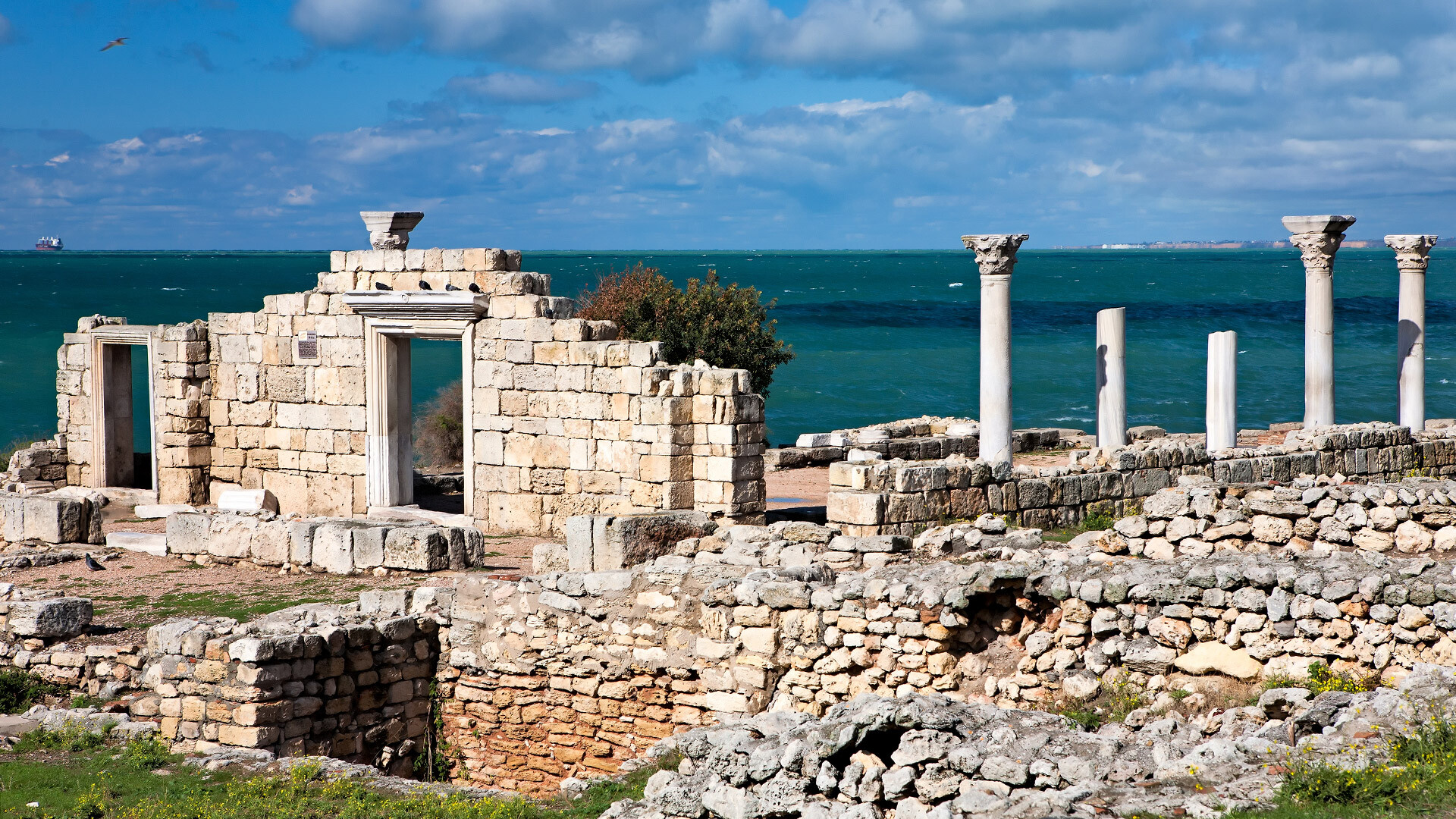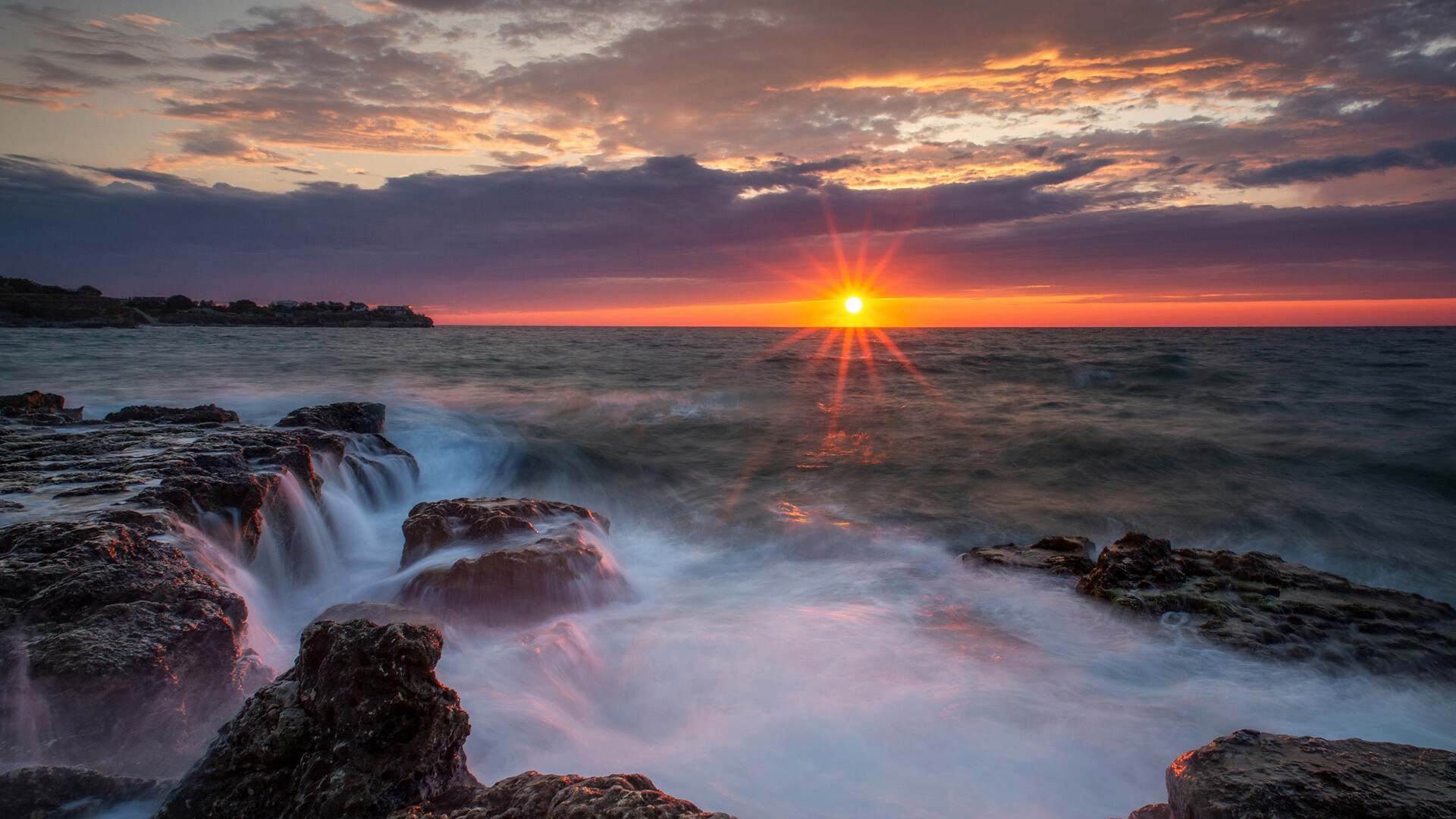
How Russia fought against Britain & France in Crimea (PICS)
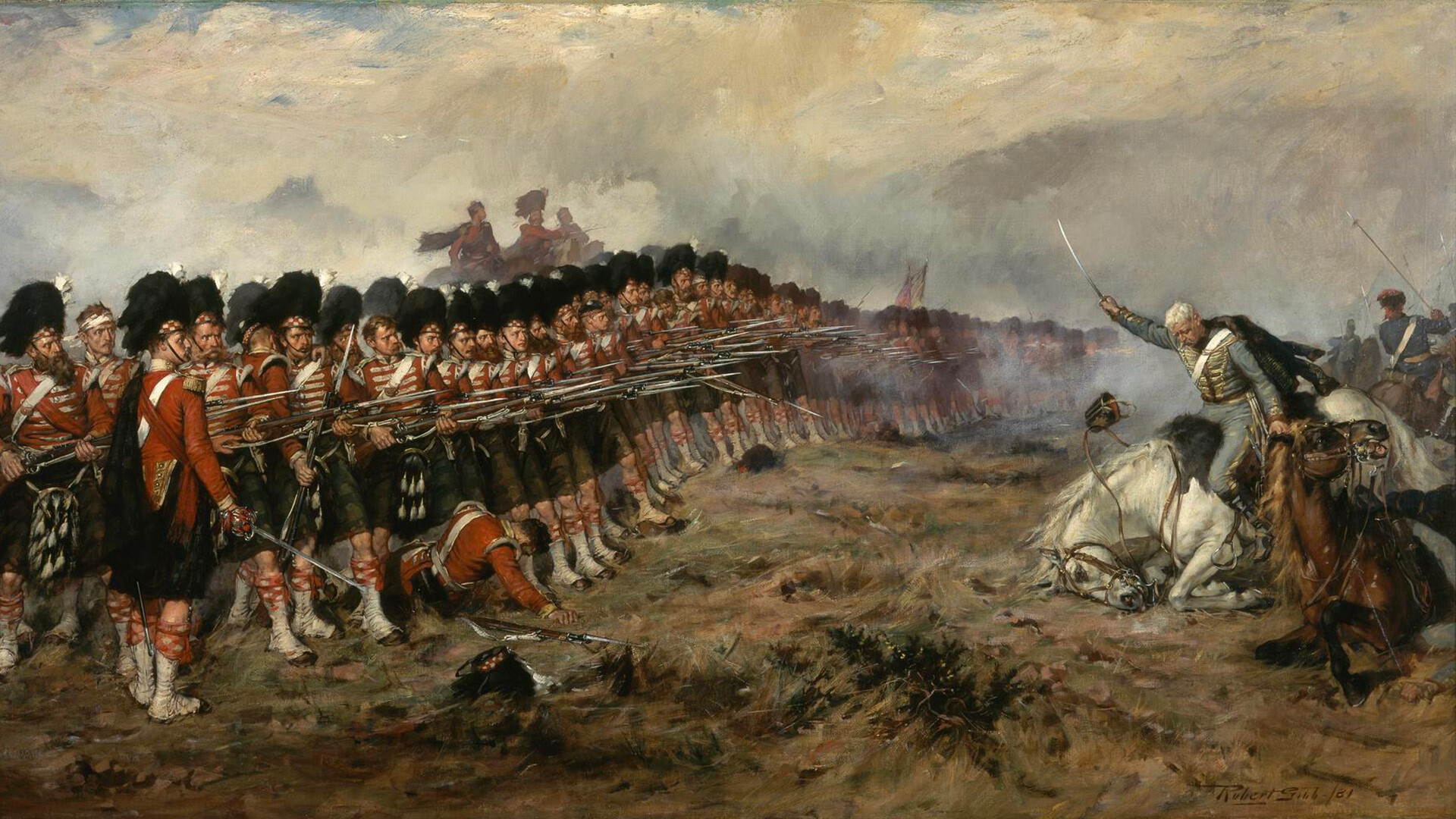
In the mid-19th century, Russia found itself at war with a whole coalition of states: the Ottoman Empire, Great Britain, France and the Kingdom of Sardinia. The conflict broke out as a result of Tsar Nicholas I's striving to strengthen his positions in the Balkans and to establish a protectorate over the entire Orthodox population of the Ottoman Empire, whose rights were often infringed upon by the Turkish authorities.
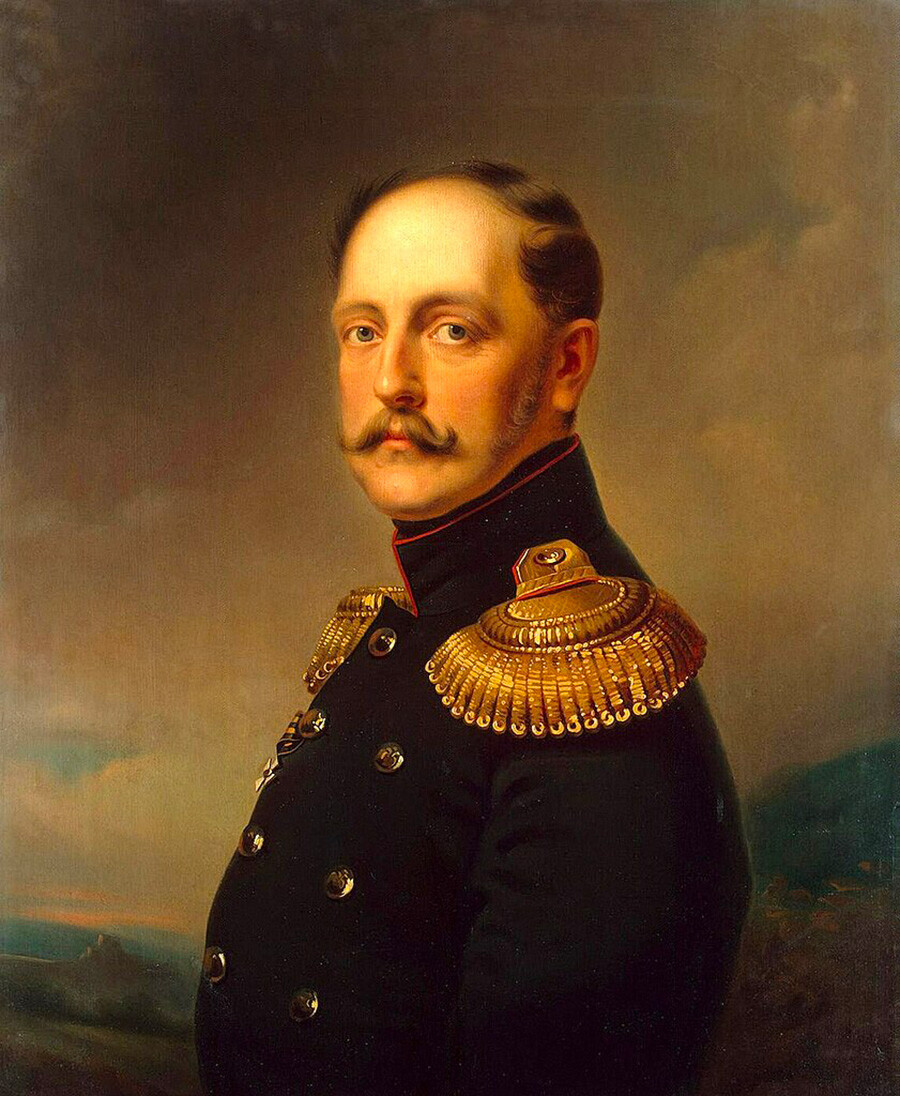 Tsar Nicholas I.
Tsar Nicholas I.
Great Britain and France were intent on preventing Russia from expanding its influence in the region. The Kingdom of Sardinia had little interest in the Balkans and Asia Minor, but it aspired to become the center of unification of Italian states and believed that participation in a coalition with the leading Western powers would help it fulfill this plan.
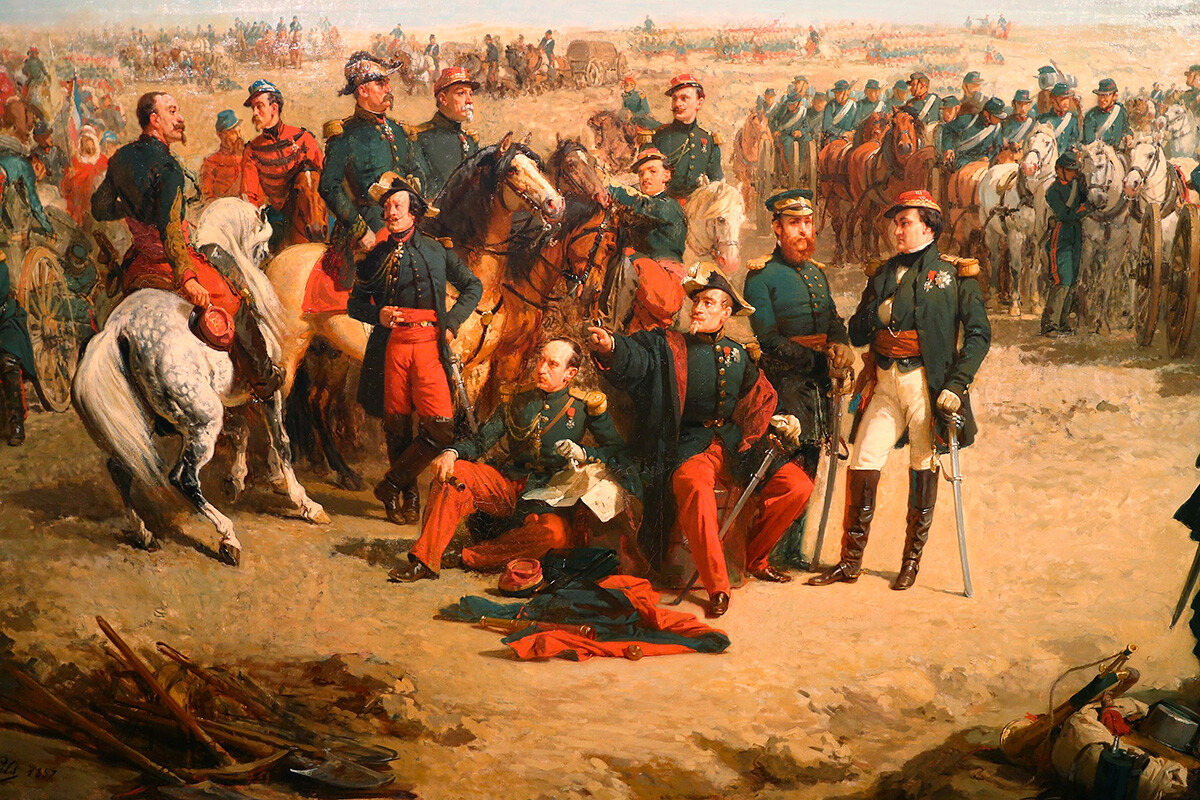 Allied troops in Crimea.
Allied troops in Crimea.
The beginning of the Crimean (or Eastern) War was quite successful for Russia. In 1853, the Turkish army suffered major defeat near Akhaltsikhe and Bashkadiklar, while the Turkish fleet was destroyed in the Battle of Sinop. On the other hand, these events prompted the British and French to enter the war.
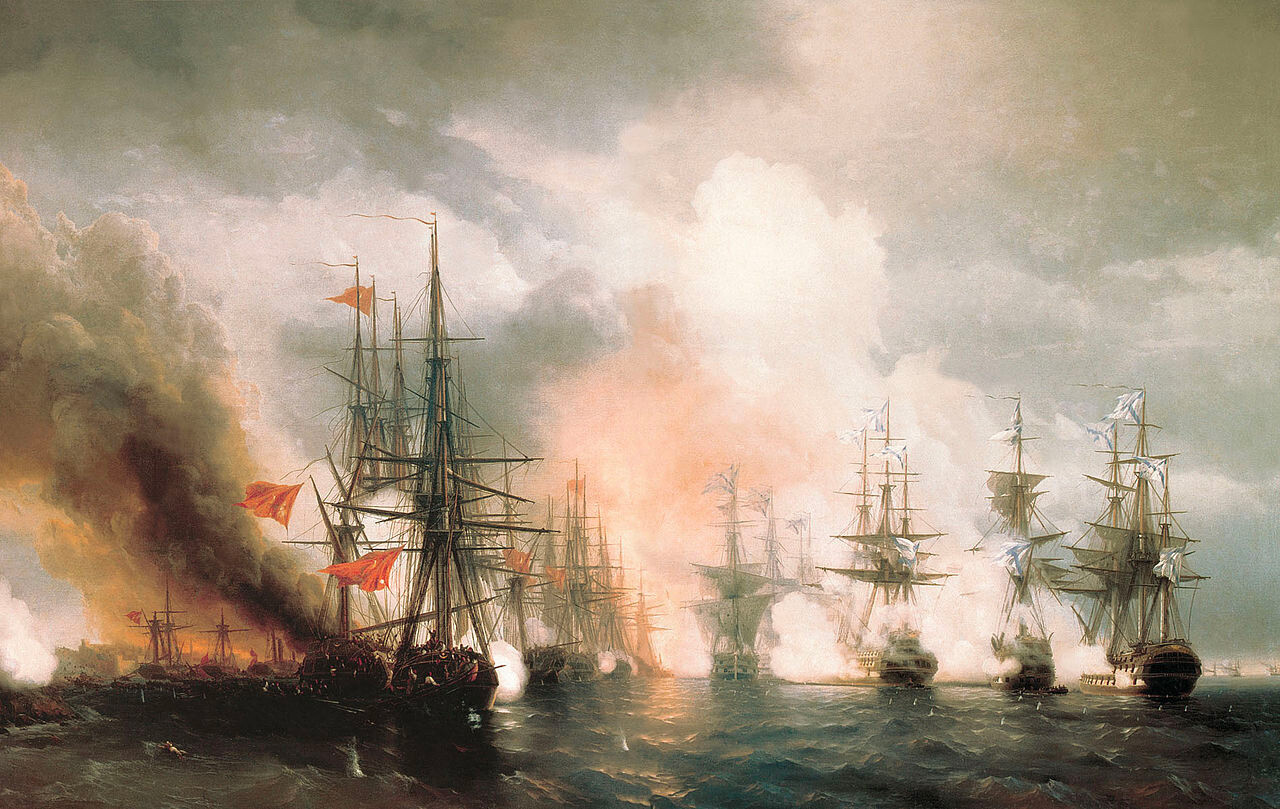 Battle of sinope.
Battle of sinope.
In the Summer of 1954, a joint Anglo-French fleet, three times larger than the Russian fleet in terms of the number of warships, appeared off the coast of Crimea. In September, the allied expeditionary corps captured the cities of Eupatoria and Balaklava, defeated the troops of Prince Alexander Menshikov in the battle of the Alma River and, together with the Turks, besieged Sevastopol, where the Russian Black Sea Fleet was based.
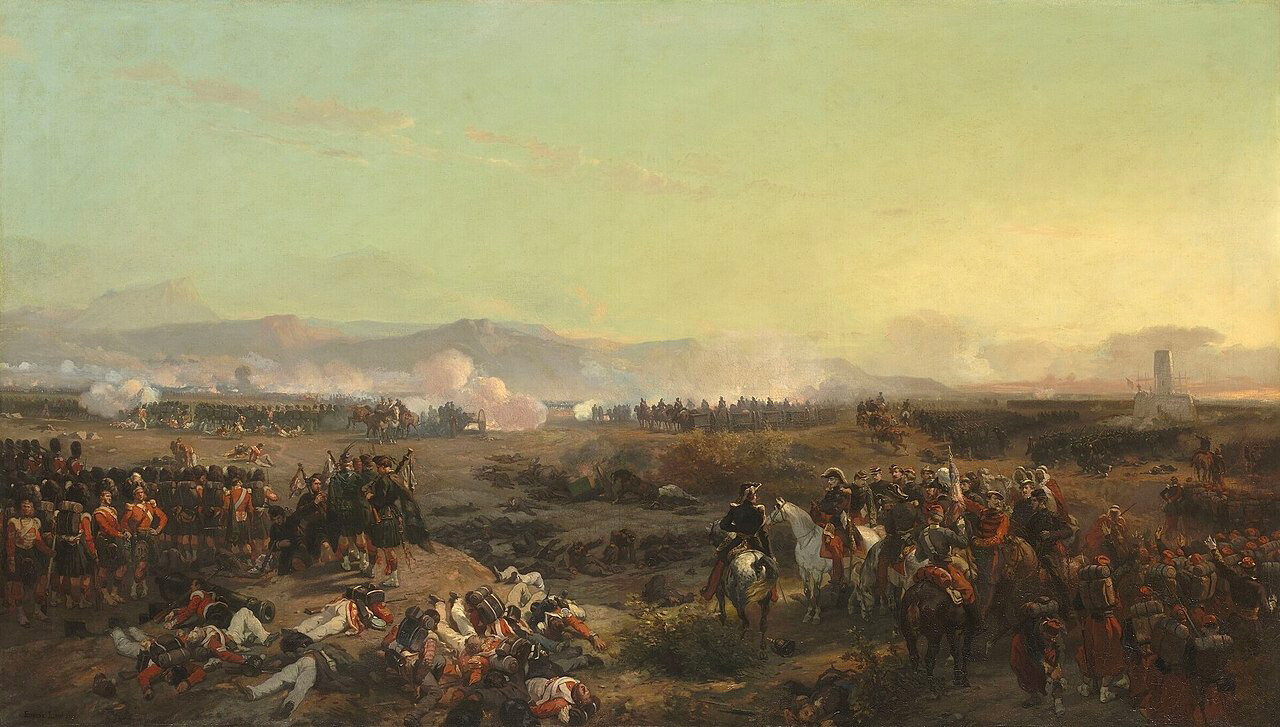 Battle of the Alma River.
Battle of the Alma River.
However, they failed to occupy the city out of hand. The entrance to the bay from the sea was blocked by purposefully sunk ships and, thanks to the efforts of military engineer Franz Eduard von Totleben, numerous forts and bastions, as well as kilometer-long walls of bags of earth and an elaborate system of trenches were built around Sevastopol in almost no time.
"But for Totleben, we would have failed it all at once," noted Admiral Pavel Nakhimov, one of the leaders of the defense.
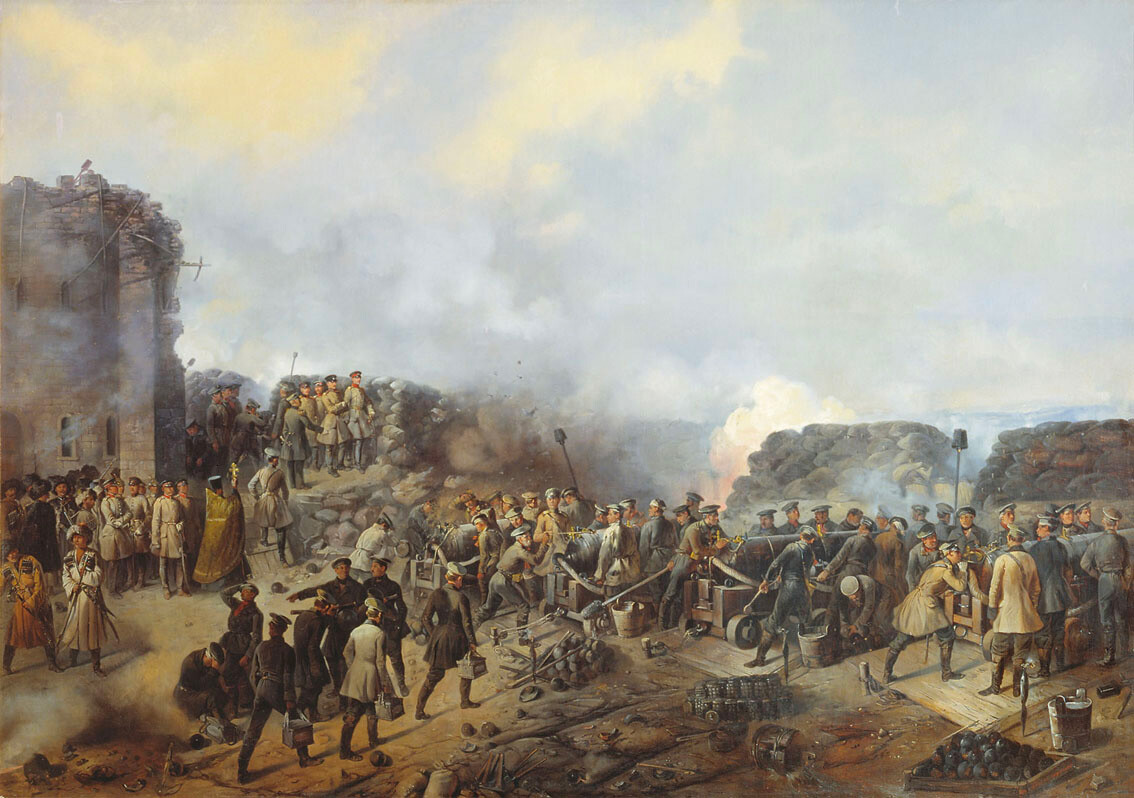 Siege of Sevastopol.
Siege of Sevastopol.
On October 25, 1854, to the north of the town of Balaklava, there unfolded a battle that did not bring victory to either side. In the course of it, the so-called "attack of the light brigade" took place, which became famous shortly after. Due to some miscommunication as the orders were transmitted, the elite British light cavalry rushed into a suicidal attack on strong Russian positions, resulting in as many as 118 dead, 127 wounded and 60 captured. Fewer than 200 cavalrymen remained in the saddle.
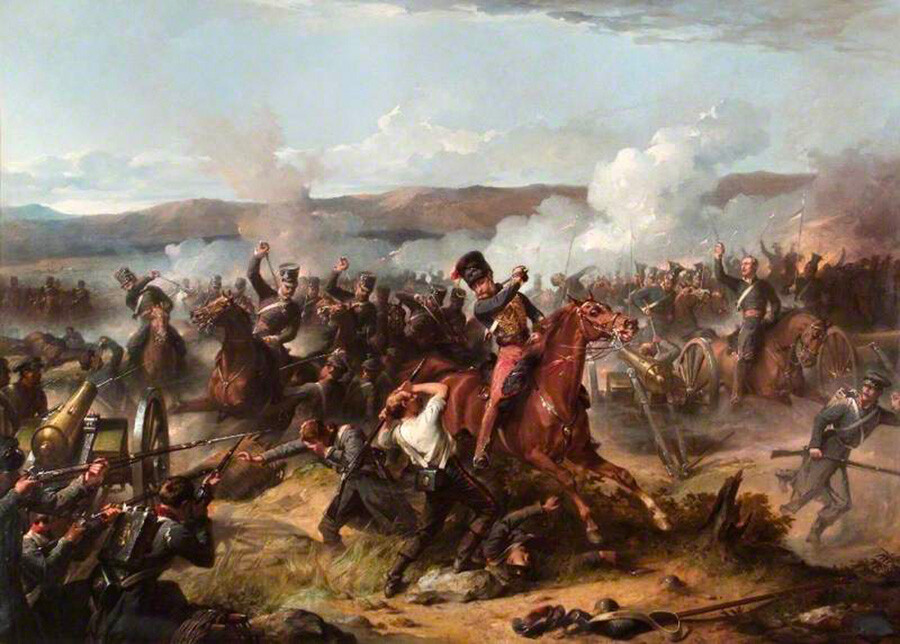 Attack of the light brigade.
Attack of the light brigade.
The same battle gave birth to the now famous expression "the thin red line". To protect a wide front from a potential Russian cavalry attack, Major General Colin Campbell, commander of the 93rd Infantry Regiment (the ‘Sutherland Highlanders’), ordered his soldiers to form lines of two men, rather than four, as required by military regulations.
"There is no retreat from here, men. You must die where you stand," the general said at the time. The Russian cavalry stopped attacking the Highlanders' positions early on, but the expression has since become a symbol of courage and self-sacrifice in the Anglo-American culture.
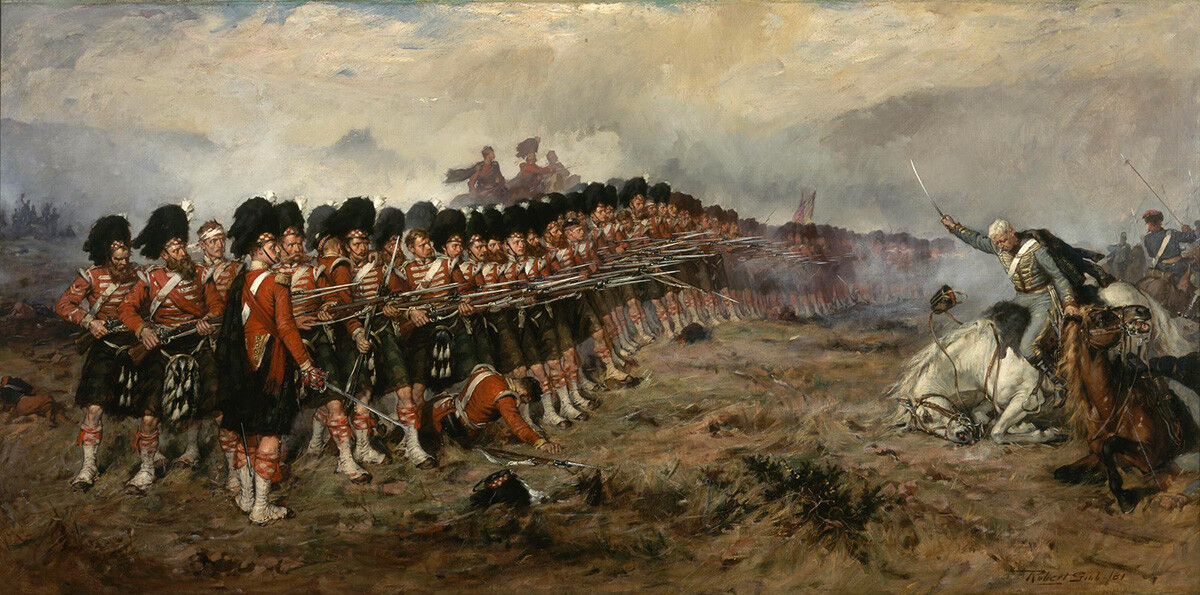 "The thin red line".
"The thin red line".
Although battles were fought in the Caucasus, the Baltic, the Balkans and the Far East, Crimea was the theater of the key military operations. The Russian army repeatedly attempted to unblock Sevastopol, but, due to the lack of modern transportation infrastructure in the country's south, huge logistical problems, the overwhelming superiority of the Anglo-French fleet and the indecisiveness of the Russian military command, all the attempts ended in failure.
While the garrison of Sevastopol inexorably declined, in the Spring of 1855, the allied forces were strengthened by several tens of thousands of soldiers of the Kingdom of Sardinia, which had entered the war. Nevertheless, the city heroically endured bombardments and assaults. Having lasted a total of 349 days, the defense of the main base of the Black Sea Fleet ended on September 11, 1855, shortly after the loss of the key Malakhov Mound.
 Storming of the Malakhov Mound.
Storming of the Malakhov Mound.
Although the Russian army managed to capture the important Turkish fortress of Kars in the Caucasus, the fall of Sevastopol determined the outcome of the entire military campaign. By the end of 1855, hostilities had gradually ceased on all fronts and the sides began negotiations.
Under the terms of the Paris Peace Treaty of March 30, 1856, Russia was forced to give up its protectorate over Wallachia, the Principality of Moldavia and Serbia, as well as return Kars and a number of occupied fortresses to the Turks. It was also forbidden to have a navy in the demilitarized Black Sea (the ban was lifted in 1871). In turn, it restored control over all the territories seized by the allies.
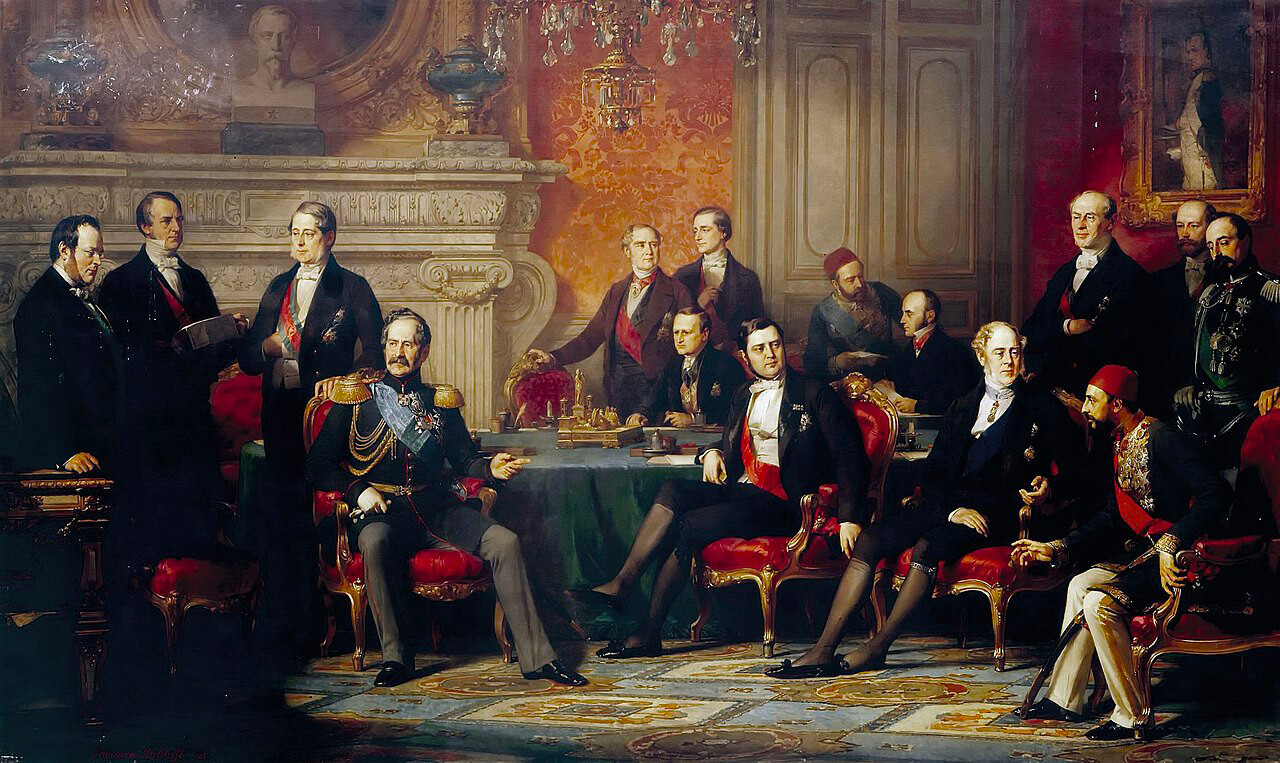 Participants of the Congress of Paris.
Participants of the Congress of Paris.
The Crimean War was no geopolitical disaster for Russia, but it dealt a serious blow to the financial system of the empire. It also showed the urgent need for large-scale reforms in the military, social and economic spheres, which were started soon after by Tsar Alexander II, who succeeded his deceased father on March 2, 1855.
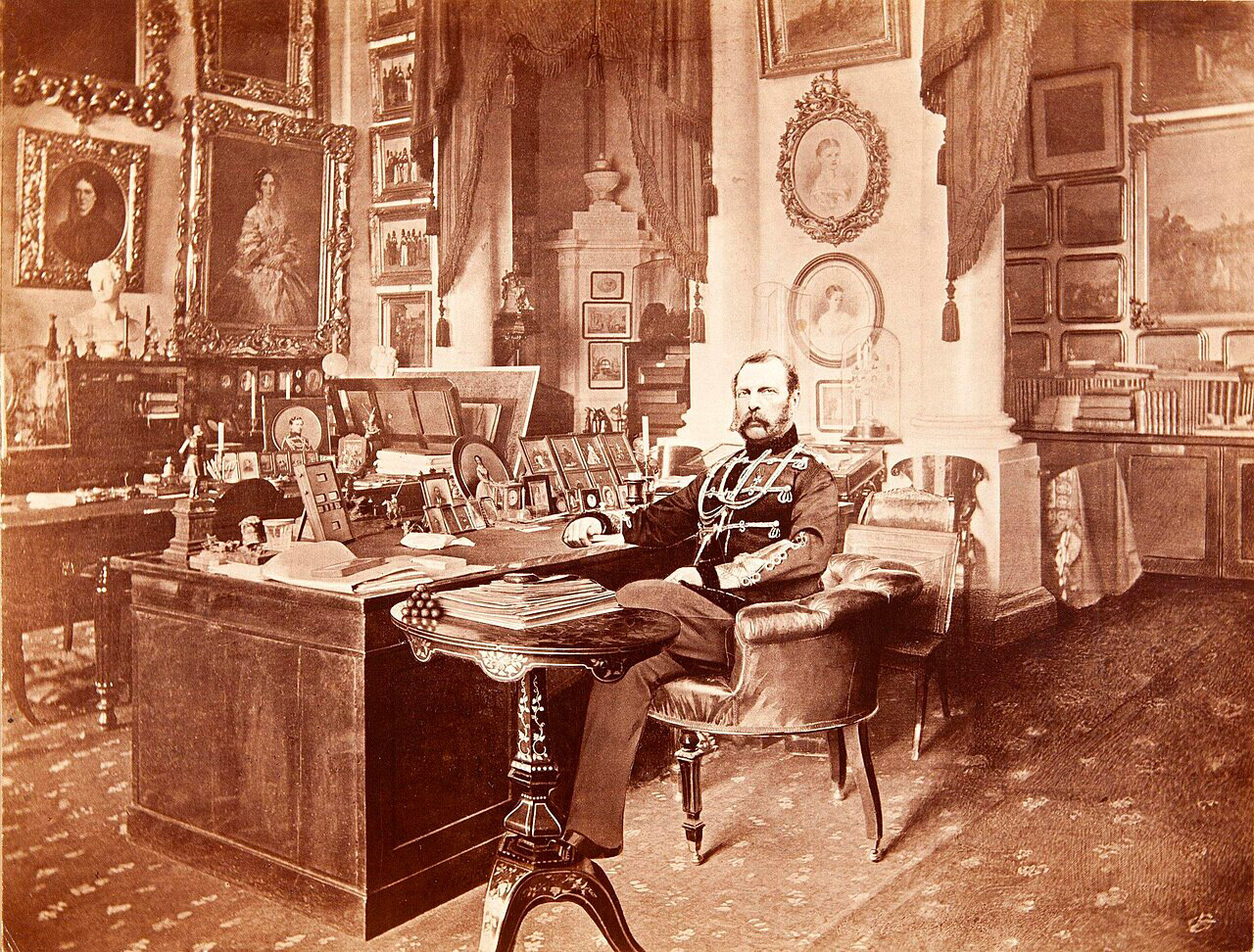 Tsar Alexander II.
Tsar Alexander II.



